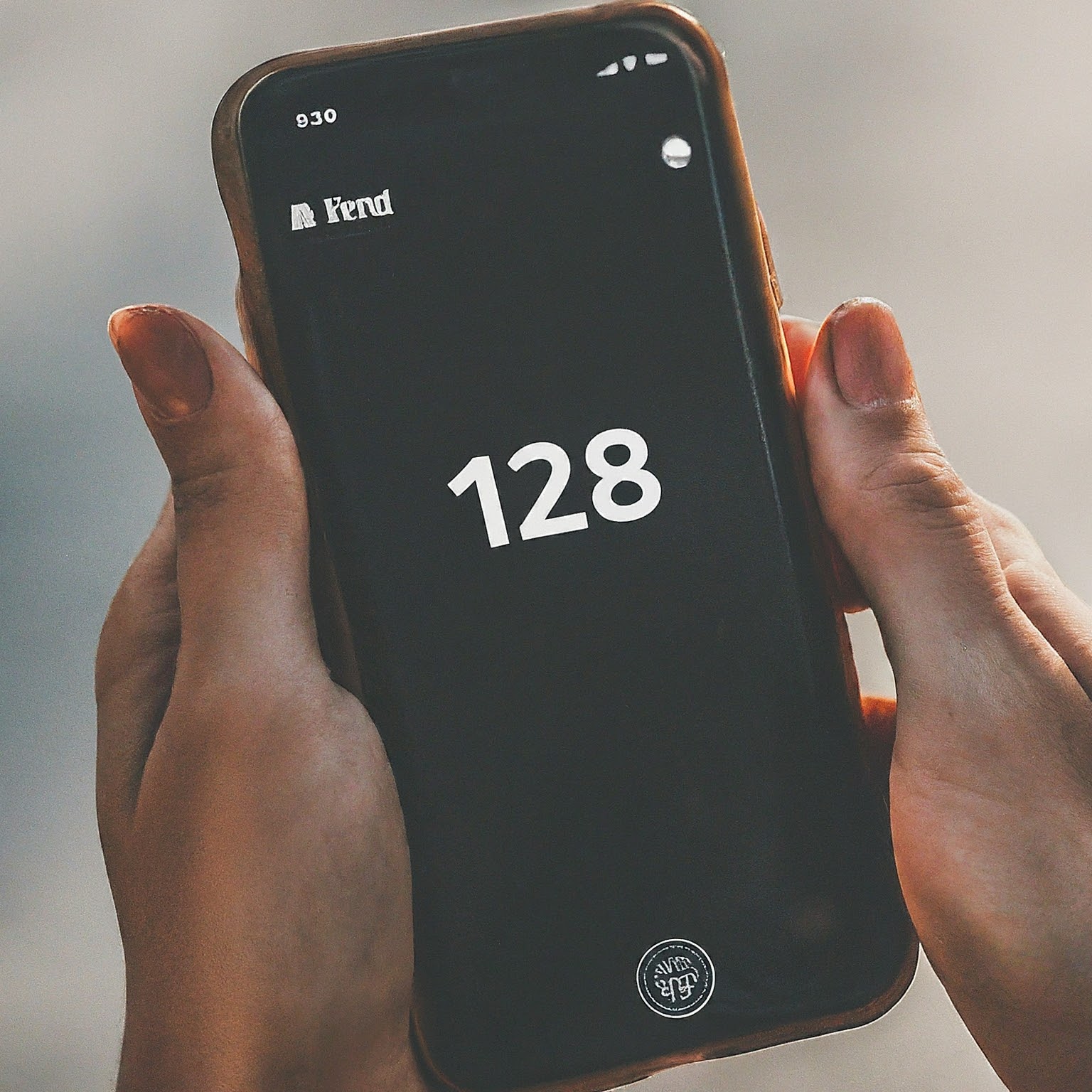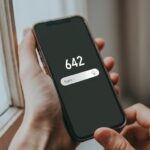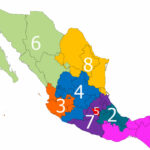The entry “128 incoming text iPhone” seen in T-Mobile’s detailed usage logs is a common source of confusion for customers. It is important to know that 128 is not a person or a company you can text; it is an internal network signal.
The direct answer is that the 128 text code is a legitimate, internal system identifier used by the T-Mobile and former Sprint network infrastructure to log specific, background activities that do not appear in your regular message thread. For iPhone users, this code is often tied to Apple’s synchronized messaging systems.
This article decodes the exact meaning of the 128 incoming text, explains why it appears on your bill but not your device, and provides troubleshooting advice.

Main Body: What the 128 Code Means for iPhone Users
The code 128 is an internal network routing number. It is not an SMS short code that you interact with using keywords like “STOP” or “HELP.”
- Voicemail Notifications (The Primary System Event)
The most consistent explanation for the 128 code is its link to the Voicemail system, particularly the Visual Voicemail (VVM) notification protocol.
- Trigger: When someone leaves you a voicemail, the network sends a notification to your iPhone to light up the voicemail icon and update the VVM transcript.
- Logging: This system notification is registered in the usage logs as an incoming message from 128. The entries often correlate perfectly with the time you received a new voicemail.
- Connected Device Sync (iPhone Specific)
The 128 code is frequently reported by users who leverage Apple’s integrated messaging ecosystem (often via T-Mobile’s DIGITS service):
- Apple Watch / iPad Traffic: If you have an Apple Watch or iPad using the same phone number’s service, the network traffic required to keep these devices in sync (for message and data continuity) can be logged as an incoming message from 128. The code acts as a placeholder for traffic originating from one of your own registered Apple devices.
- Why It Only Appears on the Bill (Not in iMessage)
The 128 entry does not appear in your standard Messages app because it is a network event, not a text message sent by a human. Since these entries are processed by T-Mobile’s servers for internal tracking, they only become visible when you pull up a detailed, line-by-line usage report online.
Safety and Troubleshooting
Is the 128 Incoming Text a Scam?
No. The 128 short code is not a scam. It is a verified, benign internal code used by T-Mobile and should not be a cause for security alarm. It is not a number that charges you extra for the message itself (incoming messages are free).
How to Stop the Entries
Since these entries are part of the network’s normal operating log, you generally cannot stop them without disabling the underlying service.
- Voicemail: To stop the voicemail-related entries, you would need to disable your voicemail service entirely, which is generally not practical.
- Device Syncing: The entries related to connected devices will only stop if you remove the secondary device (like an Apple Watch) from the phone line.
Troubleshooting an Emergency Glitch
Historically, the 3-digit code 128 has caused issues on some devices (particularly Samsung models, due to conflicts with the international emergency number 112) where it triggers an “Emergency Unblocking” feature. If your iPhone exhibits strange behavior after seeing 128, ensure your iOS software is fully up to date and contact T-Mobile support (*611) to report a system issue.
Frequently Asked Questions (FAQ)
What happens if I try to send a text to 128?
You will likely receive an error message or no response. The number 128 is a system gateway and is not configured to receive texts from end-users.
Is there a US area code 128?
No. The North American Numbering Plan does not assign geographic area codes starting with 0 or 1. Any call displaying 128 as the area code is spoofed.
Does 128 relate to third-party billing charges?
In some historical contexts related to older premium content, the 128 code acted as a billing gateway. If you see a monetary charge on your T-Mobile bill next to the 128 entry, you must contact T-Mobile and ask for a Premium SMS Content Block to be placed on your line to prevent future third-party charges.
Conclusion
The 128 incoming text on an iPhone on the T-Mobile network is a harmless log entry primarily related to voicemail or Apple Watch/iPad synchronization. It serves as an invisible placeholder for system traffic. You can safely ignore this code, knowing that it signifies your device systems are working as intended.


